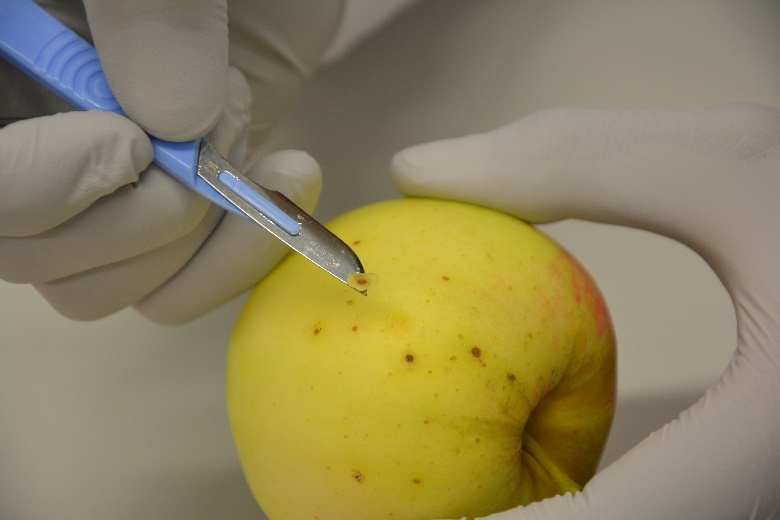Sul significato del genere fungino Alternaria per il settore alimentare: fitopatogeni e micotossine
Abstract
L'infestazione fungina delle colture agricole provoca notevoli perdite economiche ogni anno. Inoltre, certi agenti fitopatogeni come le specie di Alternaria producono metaboliti secondari dannosi, le cosiddette micotossine, che in caso di contaminazione di prodotti alimentari possono risultare in un potenziale rischio per la salute dei consumatori. I dati sulla presenza e sul potenziale tossicologico delle tossine di Alternaria sono ancora scarsi e quindi le valutazioni del rischio rimangono limitati. In questo rapporto presentiamo un riassunto di ricerca attuale focalizzata sullo sviluppo di metodi analitici innovativi per determinare contaminazioni in vari prodotti alimentari e per studiare le strategie di difesa metabolica nelle piante e nei mammiferi (biotrasformazione). Con l'applicazione di sofisticati metodi di quantificazione basati su LC-MS, è stato dimostrato che tossine poco conosciute e perfino tossine biologicamente modificate contribuiscono concentrazioni considerevoli all'esposizione complessiva. Inoltre, studi in vivo hanno fornito interessanti nuove conoscenze sulla biodisponibilità, sul metabolismo e sulle escrezioni delle tossine di Alternaria in ratti. I risultati significativi dimostrano la necessità di ulteriori studi per affrontare la questione se eventuali normative legali per queste tossine sarebbero appropriate per garantire e aumentare continuamente la sicurezza alimentare.DOI:
https://doi.org/10.23796/LJ/2020.011
##submission.downloads##
Pubblicato
09.04.2021
Come citare
Puntscher, H., Marko, D., Robatscher, P., & Warth, B. (2021). Sul significato del genere fungino Alternaria per il settore alimentare: fitopatogeni e micotossine. Laimburg Journal, 2. https://doi.org/10.23796/LJ/2020.011
Fascicolo
Sezione
Articoli



